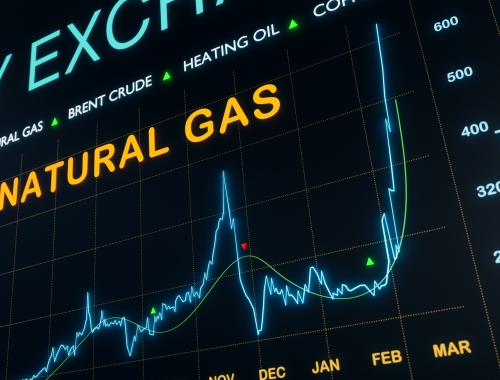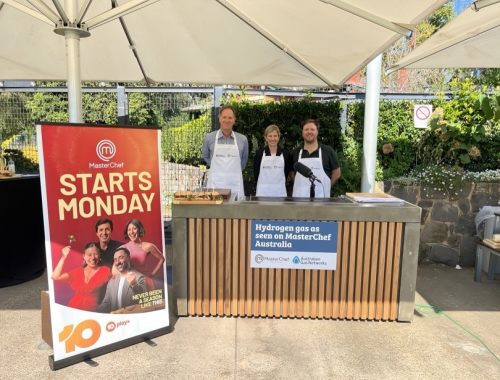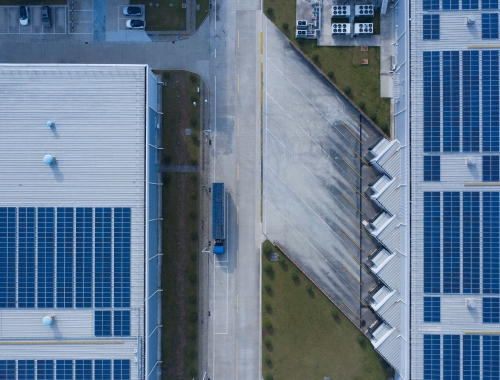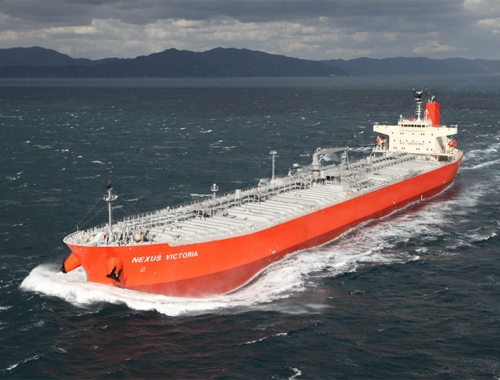South Korea takes key step towards building a hydrogen economy
SUMMARY
The preferred bidders in the auction will be announced on July 28.
By Shi WeijunPOSTED IN:
South Korea is gearing up to announce the preliminary result of its debut tender for the supply of hydrogen-derived electricity, which took place this month and marked a milestone in the Asian nation’s efforts to develop a hydrogen economy.
Participants were asked to submit bid proposals and supporting documents to the Hydrogen Power Bidding Market System during July 10-14, according to an announcement from the Korea Power Exchange (KPX) in June. The preferred bidder will be announced on July 28, although there will be a period for appeals from July 31 to August 4, before winning contracts are finally announced and awarded next month.
The tender was based on a forward market mechanism where power generators and offtakers lock in power contracts earmarked for future delivery. Through this structure, the South Korean government aims to provide greater certainty on future hydrogen demand to promote early investments in production facilities and supporting infrastructure such as distribution pipelines.
Up for bidding this month was the right to supply 650 GWh of electricity generated from “general hydrogen” – Seoul’s euphemism for carbon-intensive grey hydrogen – for delivery in 2025. A second auction of 650 GWh of general hydrogen will follow later this year, but auctions for electricity generated from “clean hydrogen” to be delivered in 2027 will not start until next year as the latter market and supply infrastructure for power generation have not been fully established yet.
South Korea aims to deliver 14.7 TWh of hydrogen-based energy into 2028 through auctions completed in previous years, which will require an estimated 590,972 tonnes of green and blue hydrogen and 240,000 t of grey hydrogen based on the proposed mechanism.
Policy follow-up
The bidding market mechanism represents a follow-up by President Yoon Suk Yeol’s administration to the Clean Hydrogen Portfolio Standard (CHPS) initially proposed by the previous administration under Moon Jae-in. CHPS aimed to separate hydrogen-based power generation – mostly fuel cell generation – from the existing Renewable Portfolio Standard (RPS) to boost the use of hydrogen in the power sector. By revising CHPS to an auction-based mechanism, the government aims to promote competition across hydrogen-based power generation technologies and drive down costs quicker.
The launch of the auction system comes nearly two years after South Korea published its First Basic Plan for the Implementation of the Hydrogen Economy in November 2021. The document called for the fossil fuel-reliant nation to source one-third of its energy from hydrogen by 2050, which would make the zero-carbon fuel the largest contributor to the Korean energy mix. By way of comparison, the European Commission has predicted the share of hydrogen in the EU’s energy mix could reach 13-20% in 2050 if deployment is accelerated.
The First Basic Plan also targeted Korean hydrogen production to increase to 28mn t/yr by the middle of this century, which would be a more-than-hundredfold jump on current domestic supply.
The steep increase is partly motivated by Seoul’s goal to achieve carbon neutrality by 2050, meaning clean fuels like hydrogen will be critical for decarbonising the world’s 10th largest economy. A nearer-term target is for South Korea to supply 3.9mn mt/yr of hydrogen by the end of this decade.
Consumption and production intertwined
However there needs to be enough demand to justify the production growth, which is where the hydrogen power bidding market comes in. More than 40 countries have released a hydrogen strategy at present, but most of them are focused on supply-side incentives – such as production subsidies and tax credits – instead of demand-side incentives. The latter support is critical to enable large-scale uptake of green hydrogen by end users.
Now, the successful holding of this month’s auction elevates South Korea as one of the first countries globally to implement a consumption mandate for hydrogen – marking a significant milestone in the global hydrogen industry.
Seoul is also betting the auctions will kickstart competition across nascent hydrogen-based power generation technologies and accelerate cost reduction. Generation technologies that were eligible to participate in the auction included fuel cells, coal/ammonia co-firing or LNG/hydrogen co-firing at existing fossil fuel power plants, or hydrogen-fired turbines, according to the KPX’s June announcement.
South Korea’s existing fuel cell fleet stood at 882 MW in the first quarter of 2023 and mainly uses grey hydrogen reformed from LNG as feedstock. As such, the expectation is that new fuel cell projects will be the dominant supplier in the general hydrogen auction. As for the clean hydrogen auction, the government expects hydrogen supply to mainly come from the co-firing of ammonia and hydrogen at natural gas-fired power plants.
To start with, Korea Electric Power Corporation (Kepco) will be the only offtaker for the auctions but other participants will be included next year. Regional district power companies such as Yeochon NCC Co., Hanwha Energy Corporation and Busan-Jungkwan Energy Co. are scheduled to join the list of offtakers in 2024, although their procurement will probably be considerably smaller than Kepco’s.
Reflecting growing corporate demand for clean power, the Korean government will also allow other organisations to voluntarily participate in the auction for power delivery beginning in 2028.
Room for improvement
But while this month’s tender represented a meaningful step in creating demand-side incentives for hydrogen, the mechanism has been criticised for perceived shortcomings.
One is that the demand mandate is for an industrial sector that is projected to consume less green hydrogen than other hard-to-abate sectors. The emerging consensus among energy researchers is that chemical sectors – such as ammonia, methanol and oil refining – and steelmaking have the highest potential to adopt green hydrogen. These industries are predicted to make up more than half of hydrogen demand in a net-zero world, according to prominent forecasters such as the International Energy Agency.
The power sector on the other hand is likely to offer a more limited opening for hydrogen, with hydrogen-based power accounting for slightly more than 1% of global installed generation capacity in 2050.
Given the high cost of hydrogen-based power compared with renewables, it is also better suited for peak shaving or back-up rather than serving as baseload power. Seoul has not explained what role hydrogen power will play in the Korean electricity mix, but an action plan released by the Ministry of Trade, Industry and Energy in November 2022 set a goal for the share of hydrogen- and ammonia-fired power generation to reach 2.1% by 2030 and 7.1% by 2036 – the later target suggests the envisioned role is closer to baseload power than peaking or back-up.
Permitting the use of grey hydrogen as feedstock for power generators also seems misguided. Accelerating the phase-out of grey hydrogen in the auction mechanism will be critical for the policy to support South Korea’s decarbonisation, but the government envisages grey hydrogen to still meet one-third of power-related hydrogen demand in 2028.
The Korean government plans to launch a clean hydrogen authentication program before it holds a clean hydrogen auction to provide clearer guidelines on what qualifies as clean hydrogen, for example, regarding the emissions intensity of hydrogen or the production technology used. But no confirmed details of the authentication program have been released yet.
No shortage of clean hydrogen
With clean hydrogen power auctions scheduled to begin as early as 2024, attention has turned to whether South Korea will be able to supply enough clean hydrogen for power generation in the long term. The sense is that supply is unlikely to be constrained given the number of hydrogen import projects under discussion between South Korea and Australia, Malaysia, Saudi Arabia, UAE and the US.
Lotte Fine Chemical received its first shipment of blue ammonia from its project with state-owned Saudi Aramco in December 2022, which will supply 50,000 t/yr of blue ammonia – equivalent to 8,800 t/yr of hydrogen. Another joint project by Lotte Fine Chemical and Samsung Engineering is scheduled to import 193,000 t/yr of green hydrogen from Malaysia starting in 2027.
At least five other import projects have signed memorandums of understanding for a combined volume of 721,000 t/yr by 2030. Also in the works are domestic initiatives, with two pilot projects totalling 1,365 t/yr of output capacity aiming to start commercial operation by 2026.
The numerous import projects mean clean hydrogen supply should not be a bottleneck but establishing supporting infrastructure such as import terminals for hydrogen and ammonia could prove more challenging in the near term. South Korea imported 1.285mn t of ammonia in 2022, which was equivalent to 226,804 t of hydrogen.
Some of the country’s biggest state-owned players have taken the lead to address the infrastructure shortfall. Kogas, the country’s biggest LNG importer, aims to build a new hydrogen import terminal with 100,000 t/yr of receiving capacity by 2029, while Korea National Oil Corporation plans to build a new ammonia import terminal with a capacity of 4mn t/yr of ammonia – equivalent to 704,000 t/yr of hydrogen – by 2030.




